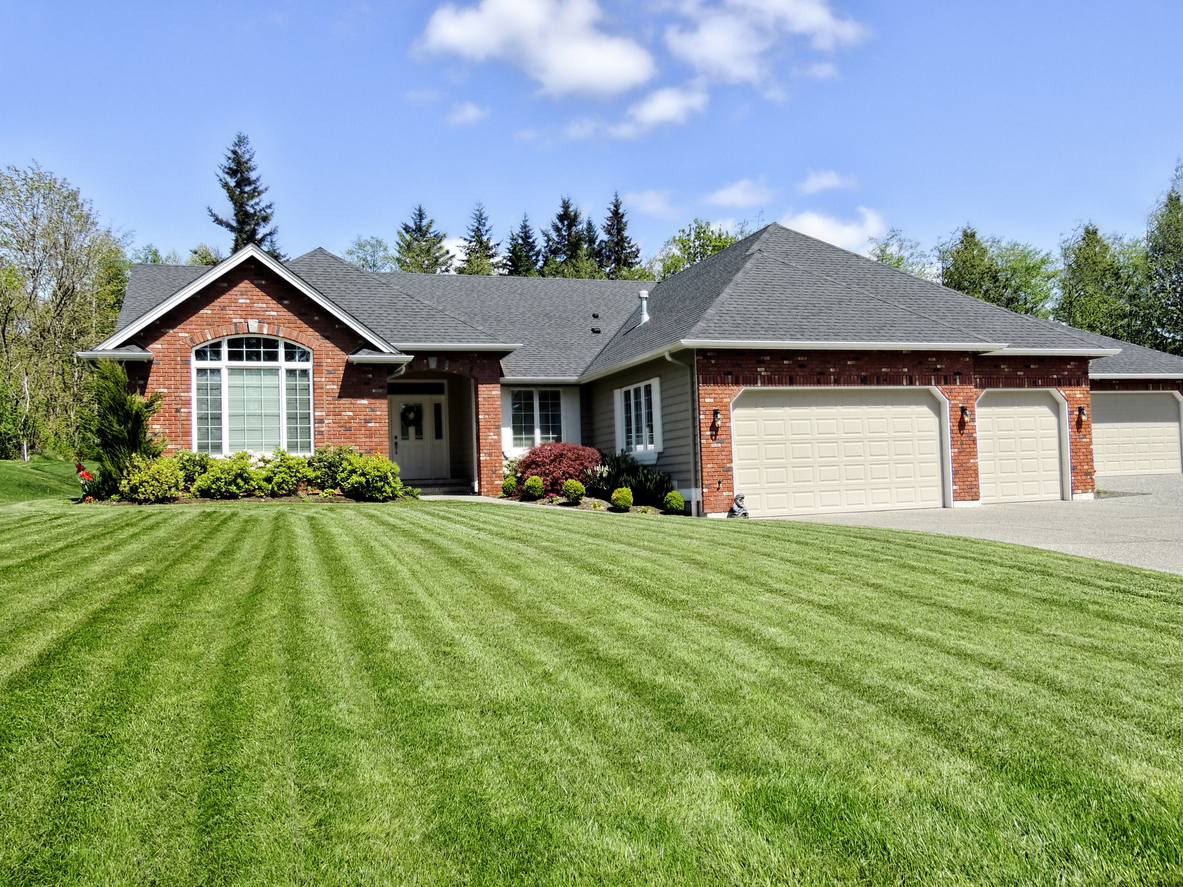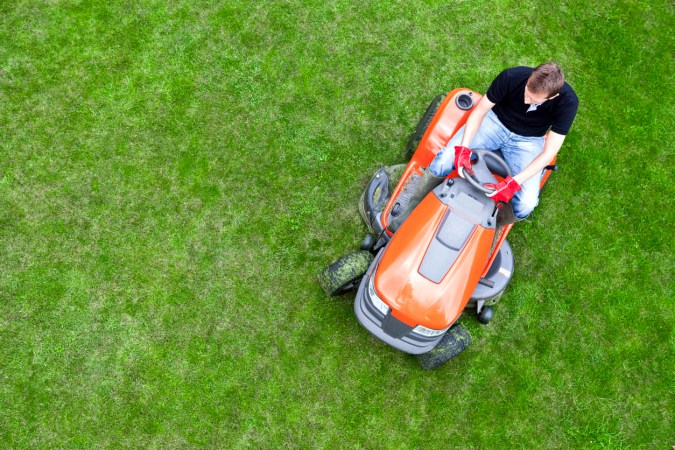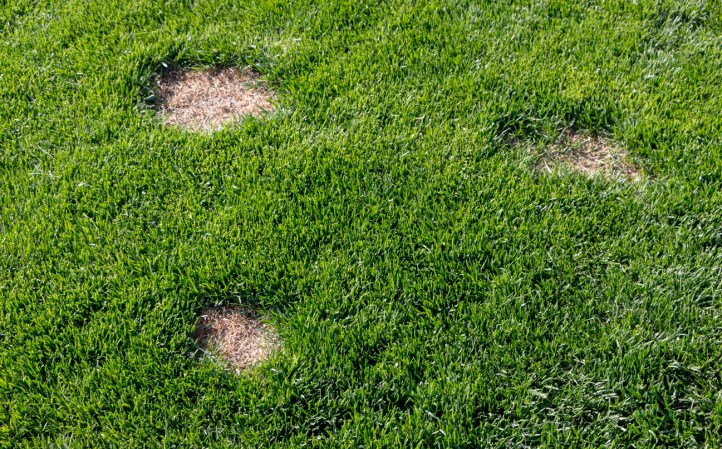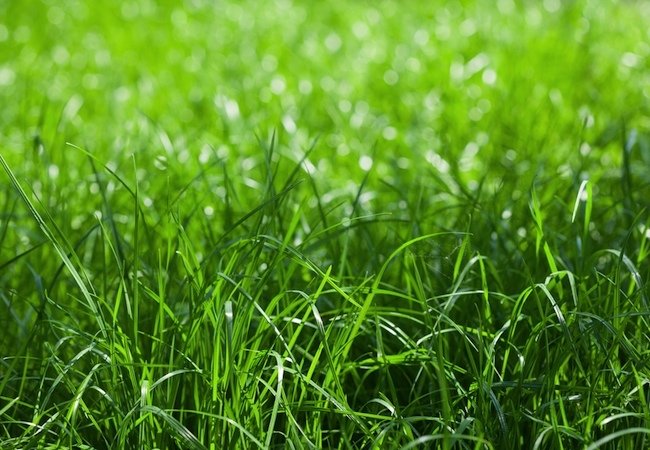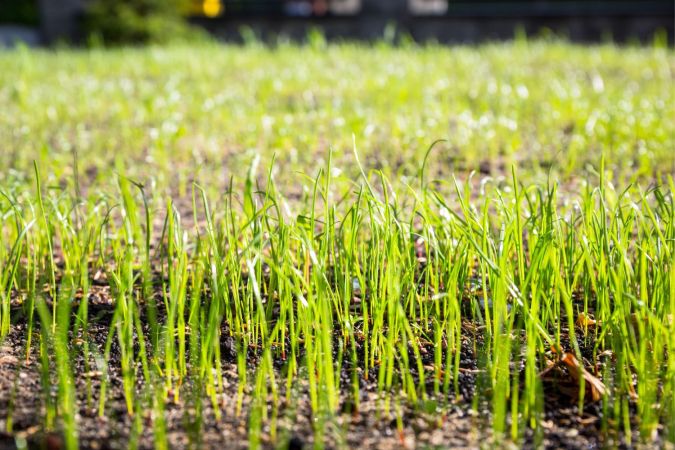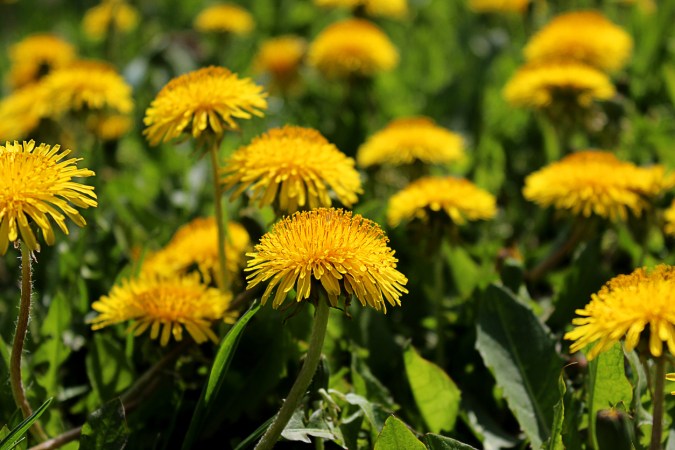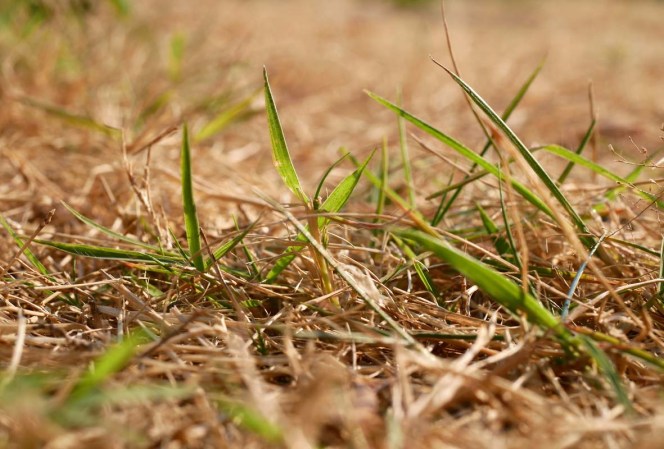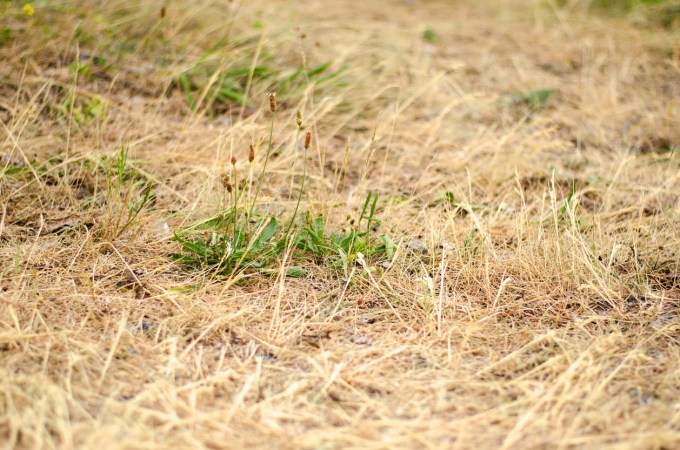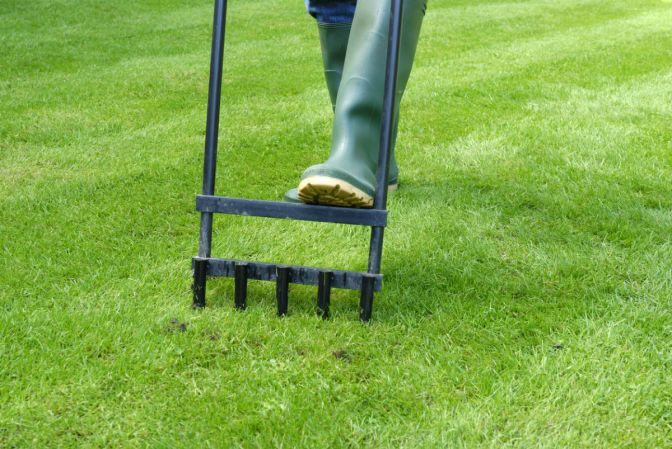We may earn revenue from the products available on this page and participate in affiliate programs. Learn More ›
Taking care of a lawn can be tricky at times, especially when problems pop up. Dry and/or hard soil, bare patches, uneven growth, and pooling water on the lawn can indicate that the soil is compacted. This occurs when the space between soil particles becomes so tight that water, air, and nutrients cannot circulate around the roots.
Compaction often leads to drainage issues and the buildup of a thick layer of thatch, which is a mix of dead stems, leaves, and roots between the grass and soil. It is typical for soil to get compacted in areas with high traffic, so keep an eye out for these signs if the lawn is frequented by pets, children, and heavy equipment like lawn mowers.
Fortunately, lawn aeration can address soil compaction and keep a lawn looking healthy and lush. There are a couple of different lawn aerators available, with liquid lawn aerators gaining attention as an alternative to traditional manual aeration. But does liquid lawn aeration really work?
RELATED: The Best Things You Can Do for Your Lawn
What is lawn aeration?
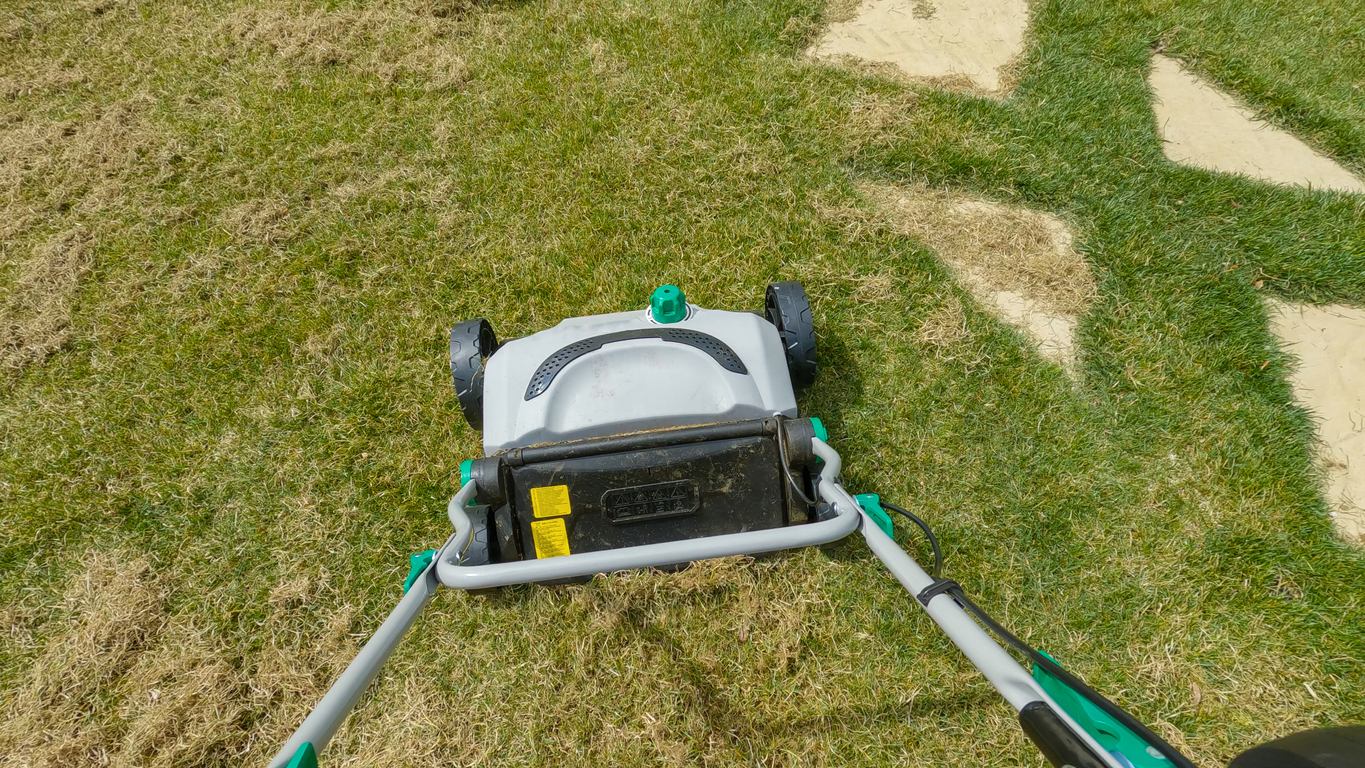
Aeration helps increase a lawn’s access to water, air, and nutrients so that it can thrive and grow strong, healthy roots. The process has many benefits, including increasing soil moisture and softness, promoting even grass growth, improving drainage as the soil absorbs water more effectively, and reducing thatch buildup by boosting soil microbes that decompose thatch.
Manual or core aeration is the main method that has been used for many years. It entails a spike aerator or a plug aerator machine that pokes holes in the soil to loosen it up and break up thatch. Although plug aerators are most effective, they leave unattractive cores of dirt that sit on the lawn for weeks until they naturally break down. A third, newer option is applying a liquid aerator over the yard to loosen up the soil. As far as prices go, core aeration costs the most at around $200, spike aeration is about $85, and liquid aeration is $75.
RELATED: 14 Lawn Mowing Mistakes Everyone Makes (and How to Fix Them)
What is liquid aeration?
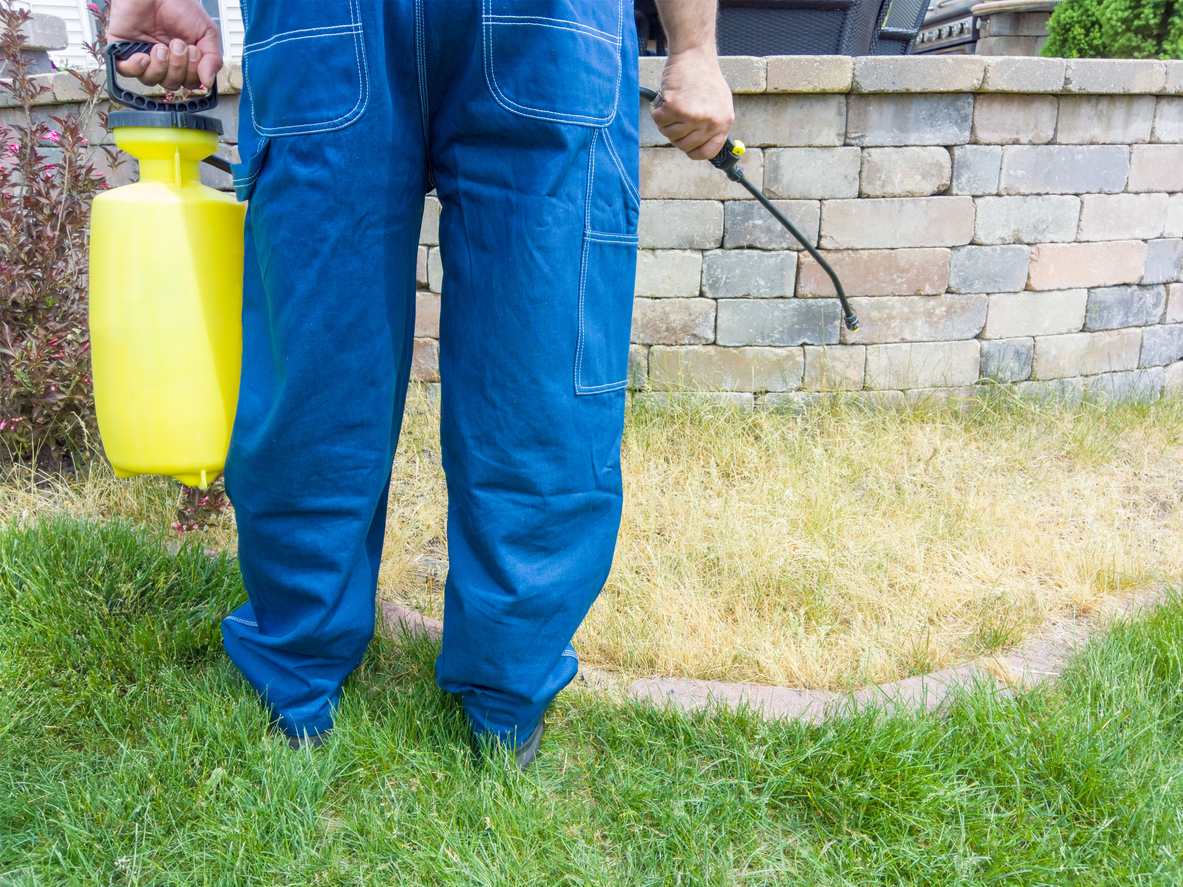
Liquid lawn aeration involves spraying a solution over the grass that is supposed to decompose thatch. While many companies do not disclose the ingredients in their liquid aerator solution, some contain enzymes that are thought to break down thatch and tough soil. They also often contain soap-like materials like sodium lauryl sulfate, liquid humates (liquid organic matter), and “biostimulants” like molasses. Lawn Science, for example, uses an organic mix of compost, humates, yucca extract, and seaweed to address the layer of thatch while also adding nutrients to the lawn.
Liquid aeration has piqued homeowners’ interest lately since it is cheaper than the other types of aerators, does not require any major equipment, and avoids leaving holes in the ground and ugly cores on the lawn.
RELATED: 13 Low-Cost Solutions for an Ugly Lawn
Is it too good to be true?
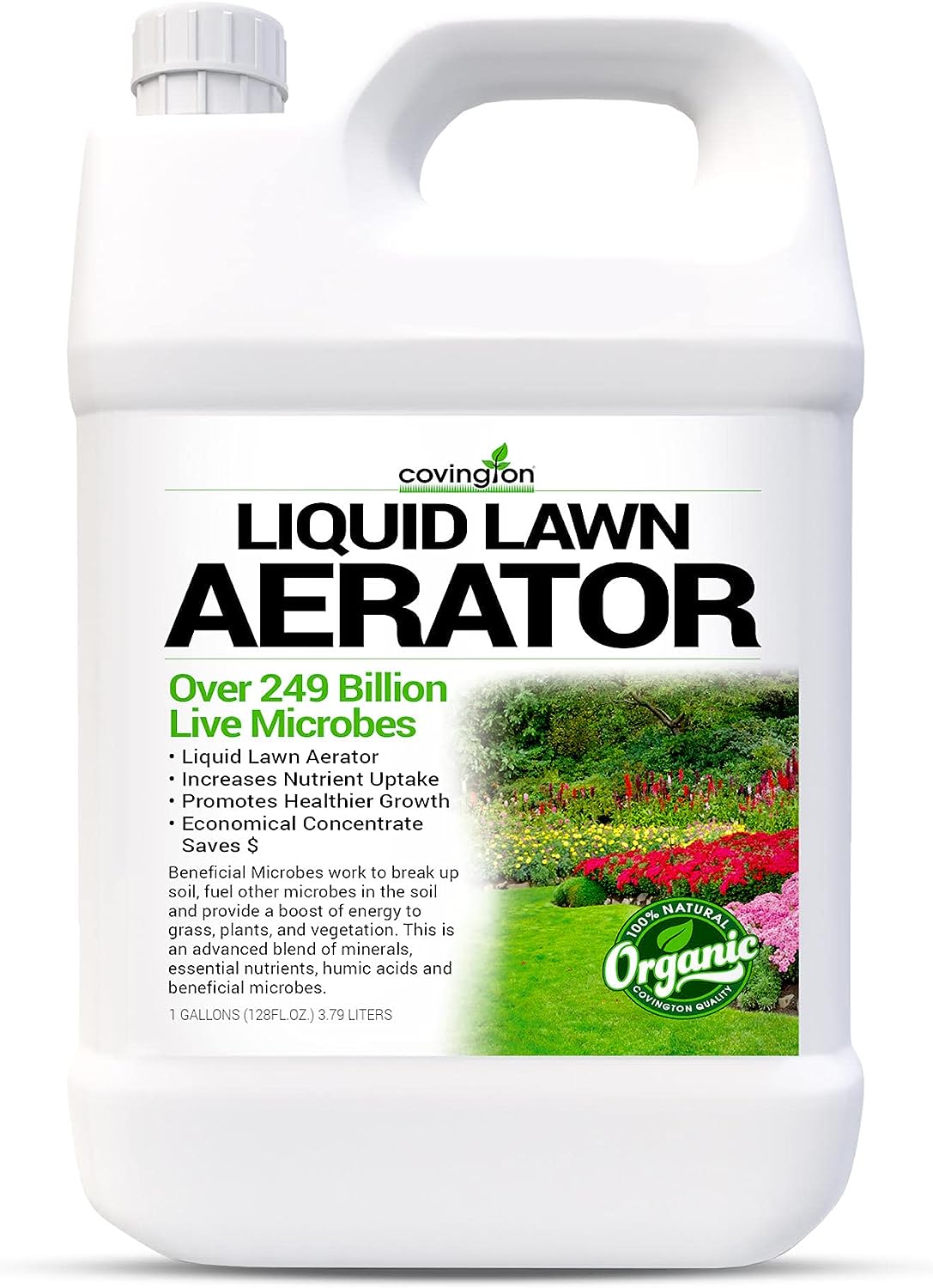
Although there are plenty of companies selling liquid aerators and claiming they are effective in improving soil, there is no scientific research to back this up. According to experts at Colorado State University Extension, “It is simply wishful thinking to believe that a highly diluted solution of either of these applied to a compacted soil will…affect soil bulk density. There is no indication that any of these products has ever been scientifically evaluated for effectiveness. Simply stated, there is no ‘chemical’ substitute for physical remediation of soil compaction – namely the traditional core cultivation techniques that have been used for years on all types of turf areas.”
Given the questions around these products’ validity, we tested Covington Liquid Aerator because of its favorable customer reviews. The concentrated product contains low levels of manganese, sulfur, iron, and amino acid complexes to support plant growth along with microorganisms (20 percent), molasses (10 percent), humate (10 percent), and kelp (5 percent).
We applied the liquid aerator on a 500-square-foot compacted pathway area and left an adjacent area untreated for comparison. After a 30-day testing period, our results were inconclusive. We found no noticeable difference in the physical appearance of either area. While the liquid aerator did not destroy the lawn, it also did not necessarily improve it, either.
RELATED: 7 Things Your Lawn May Be Trying to Tell You
Does it help at all?
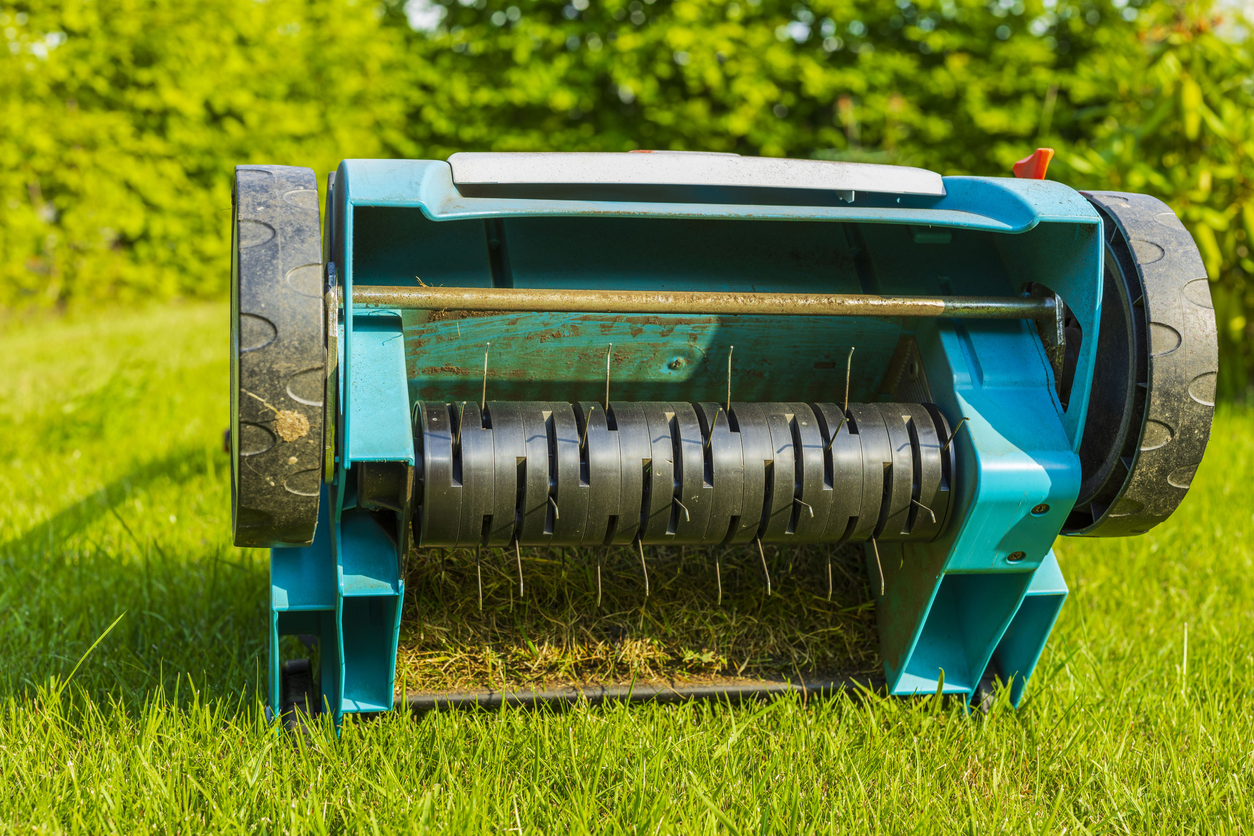
Although manual aeration is the most effective way to address compacted soil and thatch, feel free to try liquid aeration to see if it works on your lawn. Just be aware that you will almost certainly not get the same results as the truly tested manual aeration methods, which utilize products from our list of the best lawn aerators.
With more than two decades of experience in the landscaping industry, Bryan Clayton, CEO of GreenPal, shares his perspective on the efficacy of liquid lawn aerators: “While liquid lawn aerators serve a purpose for minor soil compaction and are certainly more convenient, they shouldn’t supersede traditional aeration for lawns subjected to heavy foot traffic or with significant compaction concerns.”
He has seen mild soil compaction relief when using liquid aerators since the surfactants used are designed to improve water penetration in compacted soil. “By enhancing water access, the roots are thought to benefit from better oxygen, nutrient, and moisture levels, mimicking the advantages of mechanical aeration,” he explained. However, liquid aerators are limited in their ability to address severe compaction, cannot reach the depth that mechanical core aerators can, and results do not last as long.

